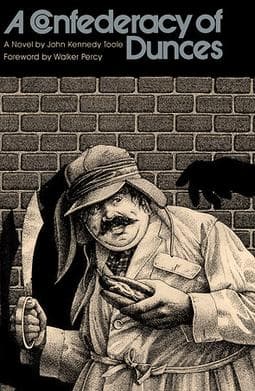New Yorker Article Unravels Decades of Misconceptions Surrounding 'A Confederacy of Dunces' Author

A recent article published by The New Yorker challenges long-standing assumptions about John Kennedy Toole, the Pulitzer Prize-winning author of "A Confederacy of Dunces." The publication, via its social media, stated, "> Most everything people have assumed about the author of “A Confederacy of Dunces” is at least a little wrong." This piece aims to re-evaluate the narrative surrounding Toole's life and the posthumous success of his iconic novel.
The article, penned by Tom Bissell, contends that Toole's suicide in 1969 was not solely a consequence of his novel's initial rejection, a widely held belief. According to Cory MacLauchlin's biography, "Butterfly in the Typewriter," Toole's decline into madness and paranoia, exacerbated by a deteriorating home life, played a more significant role than just publishing frustrations. This offers a nuanced perspective on the tragic end of the author's life.
Another common misconception addressed is the idea that the novel's protagonist, Ignatius J. Reilly, was a direct alter ego of Toole. Bissell reveals that Ignatius was largely modeled after Bobby Byrne, a medievalist Toole knew, who shared Ignatius's disdain for modern society and slovenly appearance. Toole himself was reportedly stylish and often amused by Byrne's eccentricities.
The complex journey of "A Confederacy of Dunces" to publication is also clarified. While Toole's mother, Thelma, famously championed the manuscript after his death, the initial interactions with editor Robert Gottlieb were not a simple rejection. Gottlieb recognized Toole's talent and worked with him on revisions, suggesting changes Toole ultimately felt unable to make, rather than outright dismissing the work.
Despite the author's personal struggles and the novel's difficult path to print, "A Confederacy of Dunces" eventually won the Pulitzer Prize in 1981. The article highlights the novel's enduring relevance, with Ignatius J. Reilly now seen by some as a prescient archetype, often described as "the godfather of the Internet troll" for his misanthropic and critical worldview. The re-examination by The New Yorker offers a deeper understanding of a literary figure whose life and work have been shrouded in myth.